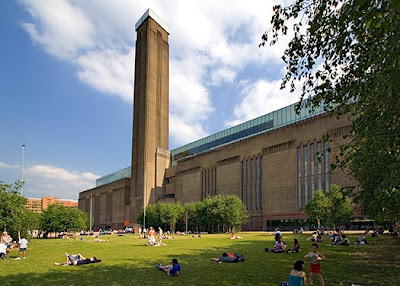The Queen’s gallery has put on an extraordinarily daring, informative and impressive exhibition on The Northern Renaissance. It includes stunning paintings, tapestries, sculptures, miniature portraits, rare books and manuscripts and works of art and craftsmanship. Painters such as Durer and Holbein are on view teeming with other great artists such as Munzer, Adriaen de Vies, Ulrich Apt and Pieter Bruegel the Elder.
The Northern Renaissance was a period of great change and innovation. It was during this time that challenges to the Catholic Church were being made as well as technical innovations such as the printing press which was to become such a dramatic and powerful new form of expression. Such turbulent times were reflected in the art that was being produced at the time. The Nuremberg Chronicle, created by Hieronymous Munzer, which is on display as you enter the exhibition, reveals texts and illustrations that had never before been seen in a printed book. In the same room is an evocative portrait of the influential and famous Northern scholar, Erasmus, entitled ‘Desiderius Erasmus’, painted in 1517. We learn how he became a leading figure in the humanist movement and how he influenced Martin Luther, the prominent historical preacher whose sermons on papal abuses of power and corruption were so instrumental in the English Reformation.
Erasmus was known to have said of his contemporary Albrecht Durer; “He is an artist that deserves to be immortal” and indeed Durer was the most successful artist in the sixteenth century in Northern Europe. Durer’s print from a woodcut of the triumphal procession of Maximilian 1st, Palm of Victory is impressive. Durer produced many exquisite paintings, some of which figure in the exhibition. One of my favourite pieces in the show is an intricate cup and cover made in 1827 by the firm Rundell, Bridge and Rundell and probably designed by Augustus Welby Pugin. This exquisite piece is made of gold and figures an ornate tree holding a cup, its gnarled trunk like stem housing small creatures dotted with semiprecious stones and jewels. The delicate detail of the cup makes it a memorable and stunning piece of craftsmanship.
There are many paintings to be admired; one of which is by the artist Ulrich Apt, called a ‘Portrait of a Man and his wife’ which is a double portrait of a husband and wife made in the workshop in Augsberg in 1512, probably to celebrate their marriage. Enormous and superb tapestries can be viewed many of which were commissioned by Cardinal Wolseley. It is as if history is coming alive for us. Cardinal Wolseley, we learn, acquired at least 600 of these huge tapestries before his death was ordered by King Henry VIII of England. Without a doubt one of the most prominent paintings in the exhibition was painted by the Flemish Renaissance artist, Pieter Bruegel the Elder and was called The Massacre of the Innocents. It is a priceless work of art depicting the massacre that occurred due to King Herod’s decree in Bethlehem which Bruegel transported to his home town. We see how the murdered children have been painted over to animals in the painting and the scenes of brutality and violence resonate in a harsh and icy landscape. It is without doubt one of the most illustrious paintings of the sixteenth century.
We see a whole room of portraits figuring famous paintings of important patrons and personages such as Sir Richard Southwell and Sir John Godsalve. Moreover there are two darkened rooms in the exhibition dedicated to precious books and miniatures. The latter for me were of especial interest as I found them to be exceptionally beautiful and well preserved. They were first created by Jean Clouet in France and Lucas Horenbeut in England during the reigns of Francis 1st and Henry VIII and were designed as diplomatic gifts for royal courtiers. Often with ornate golden borders the intricacy and the immense detail of each of the miniatures on display had me quite mesmerised.
So much to admire and learn from! The Queen’s Gallery really puts on a tremendous show combining historical facts with great masterpieces. One leaves the exhibition feeling one has entered and left another century ...
By Larissa Woolf, Arts Editor, VisitMuseums.com























